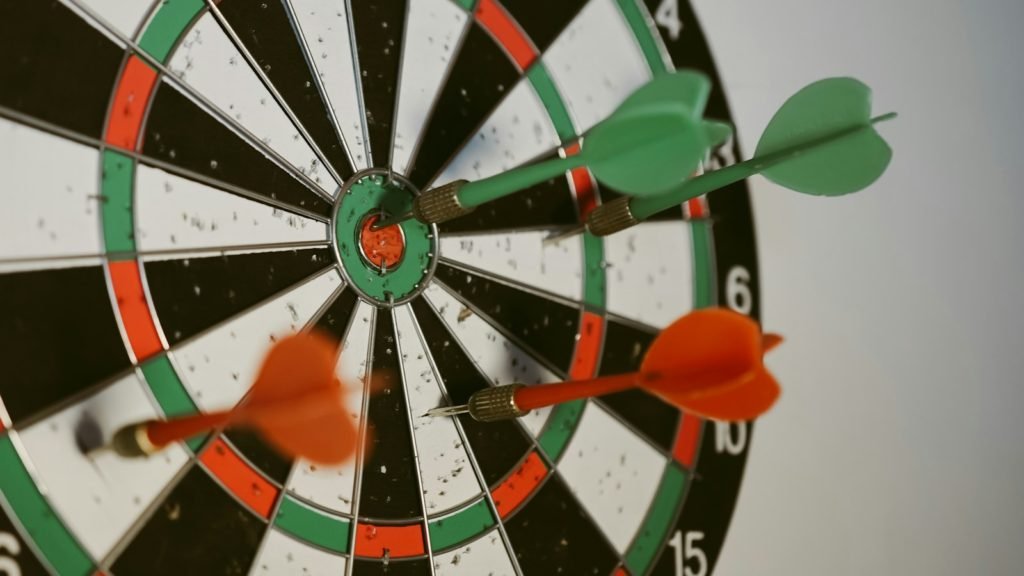Embarking on the journey of quality control may feel like navigating a maze, but fear not, dear reader. Join us as we unravel the complexities of Data Bias and Errors, shedding light on their impact on processes. Imagine it as a compass, guiding us through the twists and turns of quality improvement.
The Canvas of Information: Unveiling Data Bias
https://www.youtube.com/watch?v=uDcb-RkbrK8
Data Bias isn’t an abstract concept; it’s a tangible force shaping our decisions. Picture it as a filter that colors our perceptions, sometimes inaccurately. Let’s explore the simplicity behind understanding and addressing data bias in the realm of quality control.
Unmasking Distortion: What is Data Bias?
In the vast landscape of information, data bias wears a disguise. It’s the invisible hand that skews data, leading us away from accurate insights. Imagine it as a fog that distorts our view, hindering our ability to make informed decisions in quality control.
Speaking Clearly: Demystifying Data Bias
Like translating a language, understanding data bias requires clarity. It’s about acknowledging that biases exist in data and comprehending their impact on the reliability of our processes. Imagine it as cleaning a window, allowing us to see through the fog and ensure the accuracy of our decisions.
The Pitfalls of Inaccuracy
Now that we’ve opened the door to understanding data bias, let’s explore how it sets traps for our processes and why addressing it is crucial for quality control.
Misguided Decisions: The Impact of Data Bias
Picture a compass pointing in the wrong direction. Data bias leads us astray, influencing decisions based on inaccurate information. It’s about recognizing that biased data is a faulty guide, steering our processes away from the true north of quality improvement.
Erosion of Trust: The Hidden Cost of Data Bias
Imagine a bridge weakened by erosion. Data bias erodes trust in our processes. It’s about understanding that relying on biased data undermines confidence, creating cracks in the foundation of quality control. Recognizing and addressing data bias is crucial to maintaining trust in our decision-making.
The Art of Correction
As we navigate through the art of correcting data bias, witness how this process becomes a sculptor, chiseling away inaccuracies and revealing the true form of quality control.
Unveiling Hidden Biases: Awareness is the First Step
Imagine walking through a forest and discovering hidden obstacles. Correcting data bias starts with awareness. It’s about recognizing the biases that lurk in our data, understanding their origins, and acknowledging their potential impact on the accuracy of our decisions.
Calibration in Action: Fine-Tuning for Accuracy
Picture a musical instrument needing calibration. Correcting data bias involves fine-tuning our data sources for accuracy. It’s about ensuring that our instruments are calibrated, eliminating distortions and allowing the true melody of quality improvement to be heard.
Diverse Perspectives: The Power of Inclusive Data
Imagine a mosaic crafted from various pieces. Correcting data bias embraces diverse perspectives. It’s about ensuring that our data represents a broad spectrum, avoiding the tunnel vision that can lead to bias. Inclusive data creates a comprehensive picture that guides our processes with accuracy.
The Symphony of Accuracy

As we immerse ourselves in the symphony of accuracy, observe how correcting data bias orchestrates a harmonious collaboration between different elements in the pursuit of quality control.
Validated Decisions: Ensuring Reliability
Imagine a house built on a solid foundation. Correcting data bias ensures that our decisions are validated and reliable. It’s about making choices based on accurate information, creating a sturdy structure for our processes to stand on.
Transparent Processes: Building Trust
Picture a clear lake reflecting the truth. Correcting data bias involves transparency. It’s about ensuring that our processes are open and honest, reflecting the accurate information needed for quality control. Transparency builds trust and confidence in the decisions we make.
Continuous Vigilance: The Key to Lasting Accuracy
Imagine a lighthouse guiding ships through turbulent waters. Correcting data bias requires continuous vigilance. It’s about staying alert, recognizing when bias attempts to creep into our data, and taking swift action to ensure that our processes remain accurate and reliable.
The Map Towards Precision
As we conclude our journey through the landscapes of correcting data bias, we realize it’s not just a process; it’s a map guiding us towards precision.
Cultural Transformation: Shaping an Accuracy-Centric Environment
Correcting data bias is not a one-time fix; it’s a cultural transformation. It’s about shaping an environment where accuracy is embedded in the DNA of our processes. It’s about fostering a mindset that rejects bias and values precision in every decision.
Continuous Learning: Growing with Accurate Insights
Imagine a garden flourishing with accurate insights. Correcting data bias involves continuous learning. It’s about adapting to new information, growing with insights that reflect the true nature of our processes. Continuous learning ensures that our accuracy remains relevant and effective.
The Final Note: A Symphony of Precision
As the final note of correcting data bias is played, we stand at the culmination of a journey towards precision. It’s not just about processes; it’s about creating a symphony of accuracy where every element contributes to the overall masterpiece.